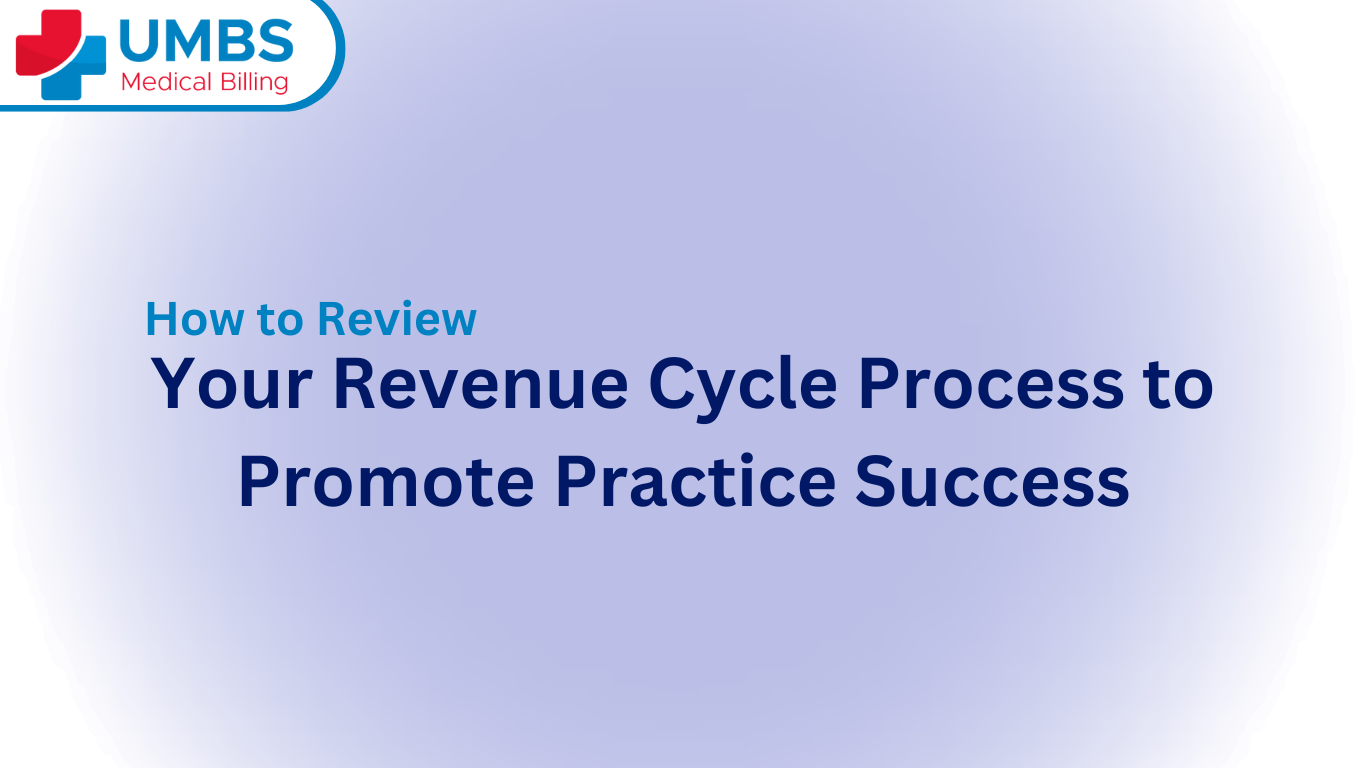Navigating the complexities of medical credentialing can be a challenge for healthcare providers, particularly when it comes to seeing patients before a physician is fully credentialed. Whether you’re a new practice, a physician changing healthcare systems, or a practice that’s temporarily short-staffed, understanding how to see patients legally and ethically during the credentialing process is essential.
In this article, we’ll explore the options available for healthcare providers who need to see patients while waiting for a physician’s credentialing to be completed. We’ll also look at the potential consequences of practicing without full credentials and how to protect both the physician and the practice.
1. Understanding Credentialing and Its Importance
Credentialing is the process by which a healthcare provider, such as a physician, undergoes thorough verification by an insurance company or healthcare organization to ensure they meet specific qualifications to provide care. This typically includes verifying medical education, licensure, experience, and any specialty certifications.
For insurance companies and healthcare systems, credentialing ensures that the provider meets the required standards of care and is eligible for reimbursement. For the physician, it’s essential for working with specific insurance networks and being paid for services rendered.
However, credentialing can be a lengthy process, often taking several months, depending on the healthcare network and the state.
2. Option 1: Temporary Credentialing
Many healthcare organizations offer temporary credentialing as an option when a physician’s credentialing process is delayed. Temporary credentialing allows a physician to begin seeing patients and providing care while their full credentialing process is underway.
- How It Works: A physician may be given temporary approval based on preliminary verification of their credentials. This could include validation of their medical education, licensure, and experience.
- Duration: Temporary credentialing can last anywhere from a few weeks to a few months, depending on the healthcare system and insurance provider.
- Limitations: The temporary status may come with restrictions, such as limitations on which insurance providers the physician can bill under, and which services can be rendered.
3. Option 2: Physician Assistants or Nurse Practitioners (NPs)
In situations where a physician isn’t credentialed yet, it may be possible to have Physician Assistants (PAs) or Nurse Practitioners (NPs) handle patient care in the interim. These professionals are licensed and can provide a wide range of services under the supervision of a physician, depending on state laws.
- How It Works: The physician may delegate certain tasks to the PA or NP, such as initial consultations, examinations, and follow-up care, while they await full credentialing.
- Limitations: It’s important to be aware of the scope of practice for PAs and NPs in your state. Additionally, the physician must be legally and financially responsible for the care provided, even if a PA or NP is involved.
4. Option 3: Contracting or Locum Tenens Physicians
For practices that are unable to operate without a credentialed physician, hiring a locum tenens physician could be a solution. A locum tenens physician is a licensed professional who temporarily fills in for a physician who is unavailable due to reasons such as credentialing delays.
- How It Works: Locum tenens providers are typically already credentialed with various health plans, so they can begin seeing patients immediately. This ensures that your practice can continue to operate while waiting for the new physician’s credentialing to be completed.
- Considerations: Contracting a locum tenens provider involves additional costs, and they may be temporarily available, meaning they won’t be a long-term solution.
5. Option 4: Direct Billing Through a Credentialed Provider
In some cases, a practice can see patients with a non-credentialed physician, but the actual billing for the services rendered must go through a credentialed provider.
- How It Works: In this arrangement, the non-credentialed physician may provide the care, but the patient’s insurance claim is billed through a credentialed physician who is part of the network.
- Considerations: This requires a solid working relationship between the non-credentialed physician and the credentialed provider, as well as clear documentation of the services provided. The non-credentialed physician may not be able to receive direct payment for their services under this arrangement.
6. Option 5: Utilize Telemedicine Services
For certain specialties and situations, telemedicine may be a viable option. A physician who is not yet credentialed could consult with patients via telemedicine, either independently or through a telehealth platform, while their credentialing is in process.
- How It Works: The physician can provide virtual consultations, follow-up care, or even initial assessments, depending on the nature of the practice.
- Limitations: Telemedicine services must comply with state and federal regulations, including telehealth laws that vary from state to state. Insurance companies may have specific rules regarding telehealth services and payment, and some insurance plans may not reimburse for telemedicine visits.
7. Risks and Legal Considerations
While these options may help keep your practice running, it’s important to understand the risks and legal implications involved:
- Billing and Reimbursement Issues: Insurance companies may not reimburse for services provided by an uncredentialed physician, even if the care is provided under temporary credentialing or via a PA or NP. Be prepared to manage any potential revenue gaps.
- Compliance and Legal Consequences: Providing care without proper credentialing can expose your practice to legal action, including violations of state or federal regulations and insurance fraud. Always consult legal counsel to ensure your practice remains in compliance.
- Patient Safety: Always ensure that the care provided meets the required standards, regardless of whether the physician is credentialed. Uncredentialed physicians may not be able to provide certain types of care or participate in certain medical procedures.
8. Best Practices for Handling Credentialing Delays
To minimize the impact of credentialing delays, consider the following best practices:
- Start Early: Begin the credentialing process as early as possible, especially for new physicians joining your practice.
- Stay in Communication: Keep patients informed if there will be any delays in seeing their physician. This transparency will help manage expectations and ensure patient satisfaction.
- Work With a Credentialing Agency: Consider using a credentialing agency that specializes in managing the credentialing process to expedite and track your applications.
Conclusion
Seeing patients while a physician is not yet credentialed is possible, but it requires careful planning, adherence to state and federal regulations, and consideration of various strategies like temporary credentialing or delegating care to licensed professionals. By staying proactive and informed, your practice can continue to deliver high-quality care while navigating the credentialing process.
If you are unsure of how to handle a credentialing delay, consult with a healthcare attorney or a professional credentialing service to ensure you remain compliant and continue to meet your patients’ needs.






